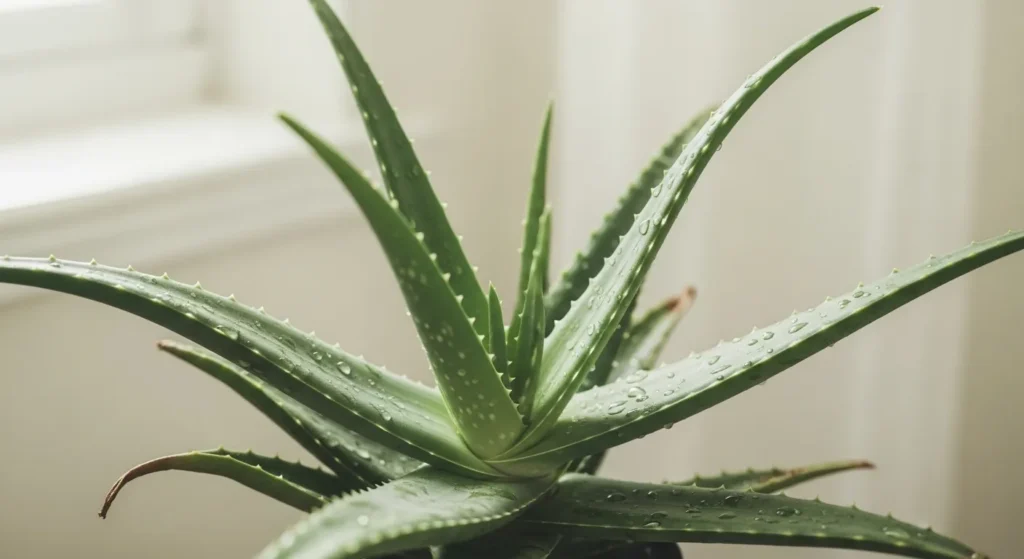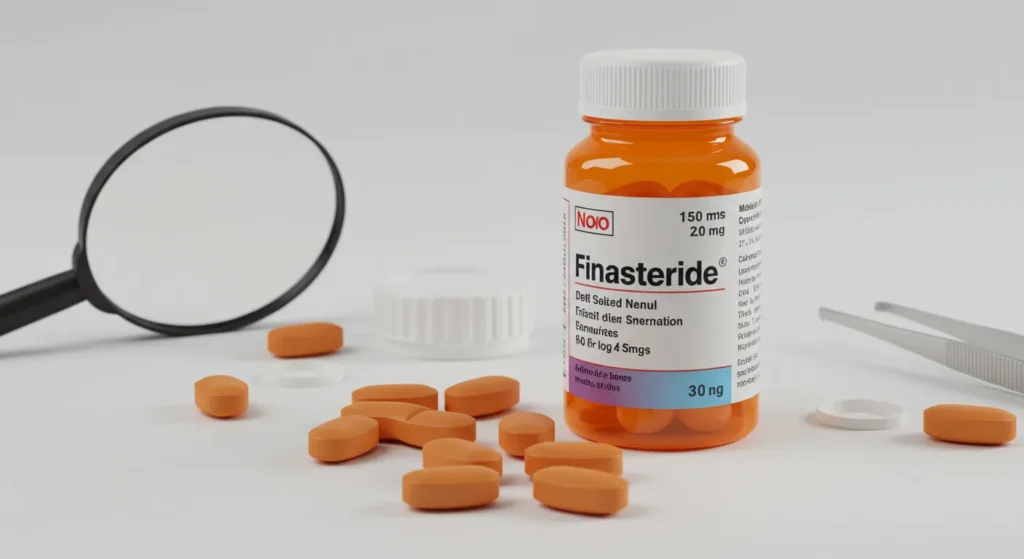Hair loss can be frustrating, especially when it stems from a condition like alopecia. If you’re searching for effective home remedies for alopecia, you’re not alone, and there are natural methods that may support hair regrowth.
In this guide, we’ll explore time-tested ingredients, expert-backed tips, and lifestyle changes to help manage alopecia at home. Learn which remedies work, how to use them safely, and when to seek medical help—all backed by trusted information and experience.
Understanding Alopecia: Types and Causes
What is Alopecia?

Alopecia refers to hair loss from any part of the body, but it most commonly affects the scalp. It can be temporary or permanent, and it occurs when hair follicles become damaged or inactive.
Common Types of Alopecia
- Alopecia Areata – An autoimmune condition that causes patchy hair loss.
- Androgenetic Alopecia – Also known as male or female pattern baldness.
- Traction Alopecia – Caused by repeated pulling or tension on hair.
- Alopecia Totalis/Universalis – Complete hair loss from the scalp or entire body.
Root Causes
- Genetic predisposition
- Autoimmune disorders
- Chronic stress or trauma
- Hormonal imbalances
- Poor diet or nutrient deficiencies
- Environmental factors
Can Home Remedies Help Treat Alopecia?
What Science Says About Natural Treatments
Home remedies may help stimulate hair follicles, improve scalp health, and reduce inflammation, especially in early or mild cases. While they may not cure alopecia completely, many users report visible improvement when remedies are used consistently.
Limitations of Home Remedies
- Results vary by individual
- Not all types of alopecia respond
- Home remedies are supportive, not curative
- Should not replace medical evaluation for underlying causes
Top 10 Proven Home Remedies for Alopecia
Here are some natural treatments people use to promote hair regrowth and support scalp health:
1. Coconut Oil Scalp Massage
Moisturizes and improves circulation. Apply warm coconut oil 2–3 times a week and massage for 5–10 minutes.
2. Onion Juice
Rich in sulfur, which may support regrowth. Blend onion, strain juice, apply for 20 minutes, then rinse. Use 2x/week.
3. Aloe Vera Gel
Soothes inflammation and hydrates the scalp. Apply pure gel directly and leave for 30 minutes before washing.

4. Rosemary or Peppermint Essential Oils
May stimulate follicles. Mix a few drops with a carrier oil (like jojoba) before applying. Use 2–3 times weekly.
5. Fenugreek Paste
Rich in protein and nicotinic acid. Soak seeds overnight, blend into a paste, and apply for 30–40 minutes.
6. Castor Oil
Promotes hair thickness and strengthens follicles. Apply weekly as a scalp massage oil.
7. Green Tea Rinse
Loaded with antioxidants that may improve follicle health. Brew, cool, and pour over scalp. Leave on for 10–15 minutes.
8. Apple Cider Vinegar (ACV)
Balances scalp pH. Mix 1 part ACV with 2 parts water and rinse scalp post-shampoo.
9. Garlic Juice
Antibacterial and stimulates blood flow. Mix with a carrier oil and apply carefully. Patch test first.
10. Balanced Diet
Ensure intake of:
- Zinc
- Biotin
- Vitamin D
- Iron
- Omega-3 fatty acids
A poor diet can worsen alopecia.

Lifestyle & Hair Care Tips to Support Natural Regrowth
Avoid Harsh Chemical Treatments
Limit hair dyes, relaxers, and heat styling. These can weaken follicles further.
Reduce Stress with Yoga and Meditation
Stress is a common trigger for alopecia areata. Regular mindfulness practice can help balance stress hormones.
Use a Mild, Sulfate-Free Shampoo
Gentle cleansing preserves natural oils and minimizes scalp irritation.
Sleep and Scalp Health Connection
Aim for 7–8 hours of quality sleep. Hair regenerates during the sleep cycle, and sleep disruptions may impair regrowth.
Before and After Expectations
- Weeks 1–4: Reduced inflammation, less itching
- Weeks 5–8: Thicker feel, possible baby hairs
- 3+ Months: Noticeable patch filling (mild cases)
When to Seek Professional Help
- Rapid or total hair loss
- Hair not responding after 3–6 months
- Scalp redness, scaling, or pain
- Signs of hormonal imbalance or nutritional deficiency
Integrating Natural Remedies with Medical Treatments
Combine topical home care with:
- PRP therapy
- Minoxidil or Finasteride (under supervision)
- Laser hair stimulation devices
This hybrid approach often yields better outcomes.

Safety Guidelines and Precautions
- Always patch test before using raw ingredients
- Do not mix too many remedies at once
- Avoid applying to broken or inflamed skin
- Consult a dermatologist before starting a new routine
FAQs About Home Remedies for Alopecia
Can alopecia be reversed naturally?
In early stages or mild cases, some forms, like alopecia areata, may respond to natural remedies. Severe or genetic forms often need clinical intervention.
How long does it take for onion juice to work?
Most users report results in 4–8 weeks with consistent application, though this varies by individual.
Are essential oils safe for daily use?
No. Use essential oils only 2–3 times weekly and always diluted in a carrier oil to prevent scalp irritation.
What diet helps with hair regrowth?
A protein-rich diet with sufficient iron, zinc, and vitamins A, C, D, and E supports healthy hair growth.
Can I use multiple remedies together?
Yes, but start slowly. Combining 1–2 complementary remedies, like aloe vera and rosemary oil, is safer than trying all at once.
Combining Nature and Knowledge
While home remedies for alopecia offer promising benefits—especially when used consistently—they are not a one-size-fits-all cure. Incorporate these remedies thoughtfully, maintain a healthy lifestyle, and seek expert advice when needed. Natural and medical approaches can go hand in hand for better outcomes.
Ready to Take the Next Step?
Book a consultation with Dr. Rana Irfan, an ABHRS and ISHRS certified surgeon in Islamabad, today to get a personalized plan for your hair regrowth journey. Whether you’re exploring natural options or considering advanced treatments, we’re here to help.
